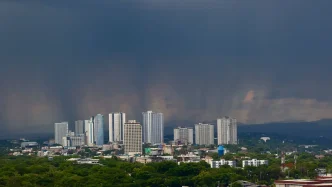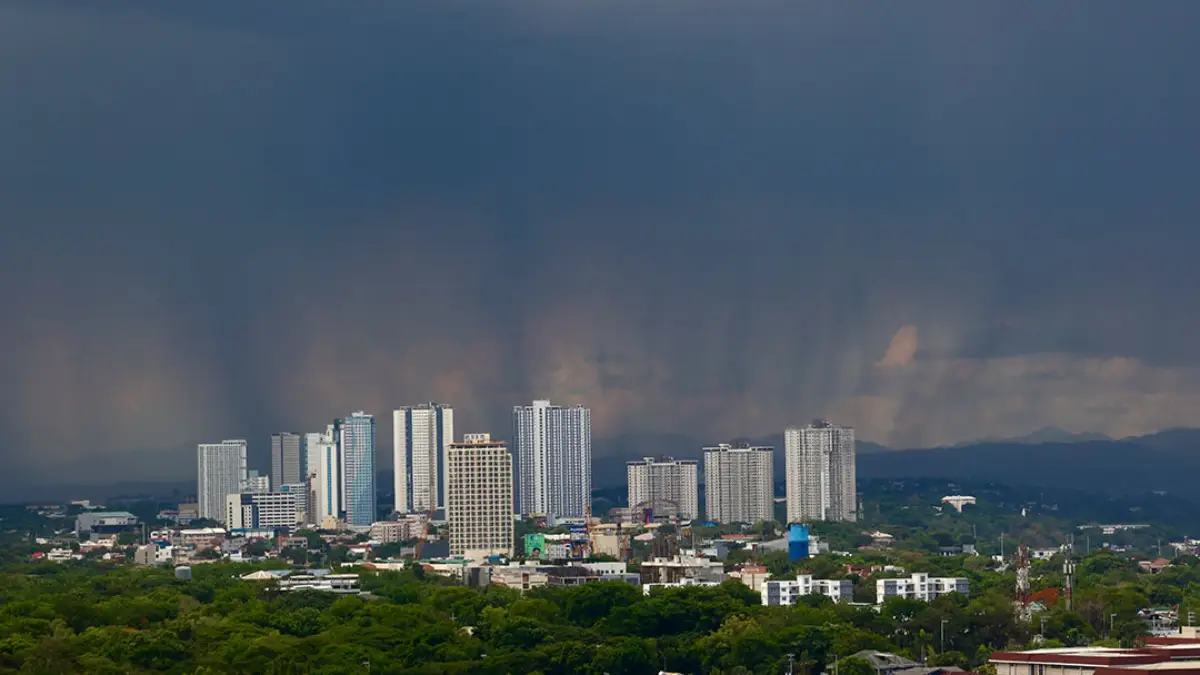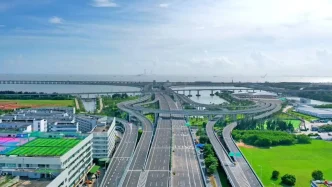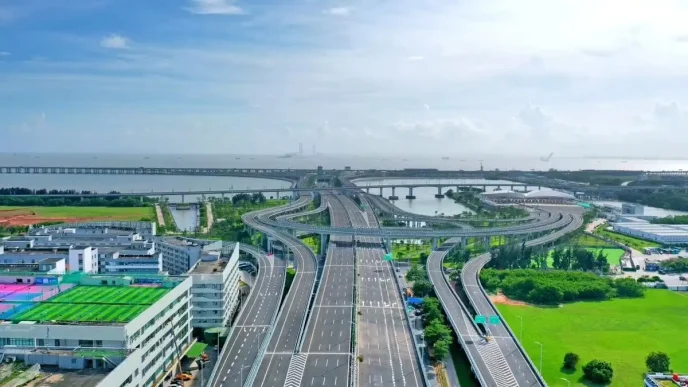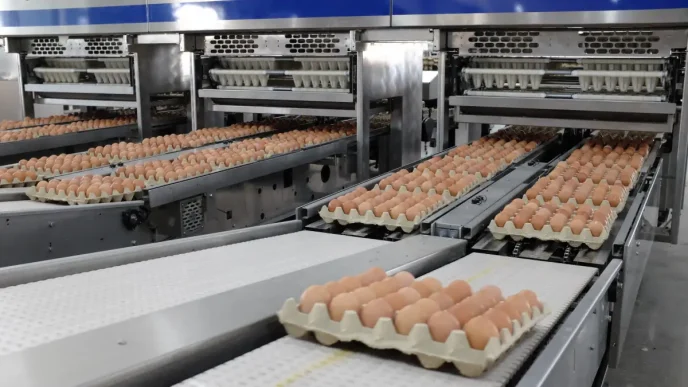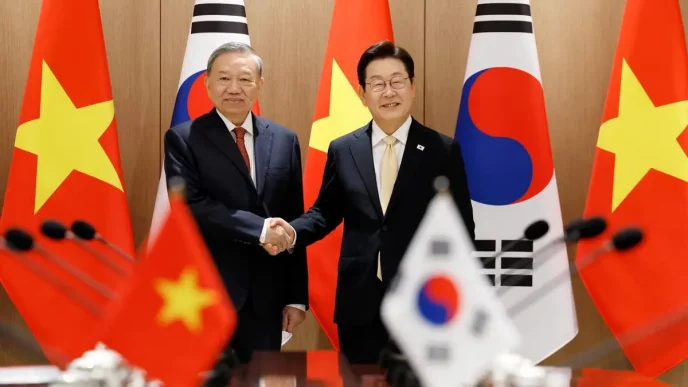Manila’s economic outlook for the next 18 months has taken a cautious turn, with analysts revising down their growth forecasts for the Philippine gross domestic product (GDP) in 2025 and beyond. Despite a marginal uptick in growth during the first half of this year, concerns over rising living costs, job uncertainties, and potential trade disruptions—particularly from proposed US reciprocal tariffs—have cast a shadow over the country’s economic trajectory.
A Sober Revision of Expectations
The Philippine economy, one of the more dynamic in emerging Asia, is now projected to grow at a slower pace than initially anticipated. Singapore-based DBS Bank has adjusted its 2025 GDP forecast for the Philippines to 5.6 percent, down from an earlier estimate of 5.8 percent. Radhika Rao, a senior economist at DBS, highlighted in a recent research note that consumer confidence indices dipped in the second quarter of 2025, driven by escalating costs of living, stagnating income levels, and growing job insecurity. Rao noted that while consumer confidence for the immediate next quarter remains below trend, the outlook for the following 12 months appears relatively stable.
Business sentiment mirrors this cautious tone. Companies are bracing for challenges through mid-2025, with uncertainties tied to a post-election economic lull in the US and potential ripple effects on regional growth due to trade disruptions. While the construction sector has shown resilience, the services industry has lagged, further dampening optimism.
The Philippine government has also recalibrated its expectations. The Development Budget Coordination Committee recently revised its GDP growth forecast to a range of 5.5 to 6.5 percent for 2025, a notable downgrade from the previous target of 6 to 8 percent. Analysts describe this adjustment as a shift to a more realistic outlook, acknowledging both domestic and global headwinds.
Broader Analyst Consensus on Slowdown
Other economic research entities have echoed similar concerns. BMI Country Risk & Industry Research, a Fitch Solutions company, has maintained its forecast of a slowdown to 5.4 percent growth in 2025, compared to 5.7 percent in the prior year. Despite stronger-than-expected performance in the first half of 2025, BMI anticipates a deceleration in the second half, citing a potential slowdown in remittances—a critical driver of household consumption—and uncertainties surrounding tariffs that could dampen investment.
Japan-based Nomura Group has held steady with a 2025 forecast of 5.3 percent. Euben Paracuelles, an economist at Nomura, cautioned that the modest improvement in second-quarter GDP growth, recorded at 5.5 percent, may prove unsustainable amid mounting external pressures. Similarly, UK-based Pantheon Macroeconomics pointed to a deceptive boost from net exports in the second quarter, which masked underlying domestic weaknesses. The firm reiterated its below-consensus forecast of 5.3 percent for 2025, anticipating a renewed slowdown later in the year.
Resilience Amid Regional Competition
Despite the downward revisions, Philippine officials remain optimistic about the economy’s relative strength. Arsenio Balisacan, Secretary of Economy, Planning and Development, emphasized the country’s resilience and stability in the face of persistent global challenges. In a recent statement, Balisacan positioned the Philippines among the fastest-growing economies in emerging Asia, trailing Vietnam’s robust 8 percent growth but surpassing China’s 5.2 percent and Indonesia’s 5.1 percent expansion in recent data.
While India’s projected growth of 6.5 percent outpaces the Philippines, Balisacan noted that the country is expected to outperform Malaysia, forecasted at 4.3 percent, and Thailand, projected at a modest 2.4 percent. This comparative resilience underscores the Philippines’ ability to navigate turbulent economic waters, even as global uncertainties fuel caution among analysts and policymakers alike.
Domestic Challenges Weigh Heavy
At the heart of the revised forecasts lie significant domestic challenges. Consumer spending, a cornerstone of the Philippine economy, is under strain as households grapple with higher living costs and uncertain job prospects. Remittances from overseas Filipino workers, which have historically bolstered household consumption, are expected to grow at a slower pace in 2025, according to BMI. This slowdown could have a cascading effect on retail and other consumer-driven sectors, further dampening economic momentum.
Businesses, too, are feeling the pinch. The uncertainty surrounding US trade policies, particularly the specter of reciprocal tariffs, has introduced a layer of complexity for Philippine exporters and investors. The US remains a key market for Philippine goods, and any disruption in trade relations could ripple through the economy, affecting manufacturing and export-oriented industries. Additionally, a post-election economic trough in the US could soften demand for Philippine products, compounding the challenges for businesses already navigating a cautious domestic landscape.
Global Headwinds and Trade Uncertainties
The potential imposition of US reciprocal tariffs looms large over the Philippine economy. These tariffs, if enacted, could target a range of goods, potentially increasing costs for Philippine exporters and reducing competitiveness in the American market. Given the interconnected nature of global trade, such measures could also impact regional growth, as neighboring economies adjust to shifting trade dynamics. For the Philippines, which relies heavily on exports and foreign investment, these uncertainties add a significant layer of risk to an already complex economic outlook.
Analysts also point to broader global challenges that could further complicate the Philippines’ growth trajectory. Rising geopolitical tensions, fluctuating commodity prices, and potential disruptions in global supply chains all pose risks to emerging economies. For a country like the Philippines, which is deeply integrated into global trade networks, these external factors could exacerbate domestic weaknesses, making sustained growth more elusive in the near term.
Policy Responses and Future Outlook
In response to these challenges, the Philippine government is likely to prioritize policies aimed at bolstering domestic demand and insulating the economy from external shocks. Infrastructure development, a key focus of recent administrations, could provide a much-needed boost to growth, particularly in the construction sector. Public spending on large-scale projects has the potential to create jobs and stimulate economic activity, offsetting some of the drag from weaker consumer confidence and export uncertainties.
Moreover, targeted measures to support vulnerable households—such as subsidies or cash transfer programs—could help mitigate the impact of rising living costs and sustain consumer spending. However, the effectiveness of such interventions will depend on fiscal space and the government’s ability to balance competing priorities amid tightening global financial conditions.
On the trade front, diversifying export markets and strengthening regional trade ties could help reduce the Philippines’ reliance on the US market. Deepening economic integration within the Association of Southeast Asian Nations (ASEAN) and exploring new trade agreements with other regions could provide alternative avenues for growth, even as uncertainties persist in traditional markets.
A Cautious Path Ahead
As the Philippines navigates this period of economic recalibration, the balance between domestic resilience and global vulnerabilities will be critical. While the country remains a standout performer in emerging Asia, the downward revisions to growth forecasts signal a need for vigilance and adaptability. Policymakers, businesses, and households alike will need to brace for potential headwinds, from trade disruptions to domestic cost pressures, as they chart a path forward.
The coming months will offer clearer insight into whether the Philippine economy can sustain its momentum or if the anticipated slowdown will take hold. For now, the revised forecasts serve as a reminder of the delicate interplay between local conditions and global forces—a dynamic that will continue to shape the country’s economic future.
